Bioengineers have found a way to program the size and shape of virus particles by combining viral protein building blocks and templates made from DNA. The resulting nanostructures could have applications in vaccine development and transporting drugs inside the body.
Tag: Cryo Electron Microscopy

Zinc Transporter Has Built-in Self-regulating Sensor
Scientists at Brookhaven Lab have determined the atomic-level structure of a zinc-transporter protein, a molecular machine that regulates levels of this crucial trace metal micronutrient inside cells. The structure reveals how the cellular membrane protein shifts its shape to move zinc from the environment into a cell, and temporarily blocks this action automatically when zinc levels inside the cell get too high.

LJI scientists uncover the structure and function of Inmazeb, the first FDA-approved drug for Ebola virus infection
Inmazeb (REGN-EB3), developed by Regeneron, is a three-antibody cocktail designed to target the Ebola virus glycoprotein. The drug was first approved for clinical use in October 2020, but its exact mechanism of action has remained unclear.
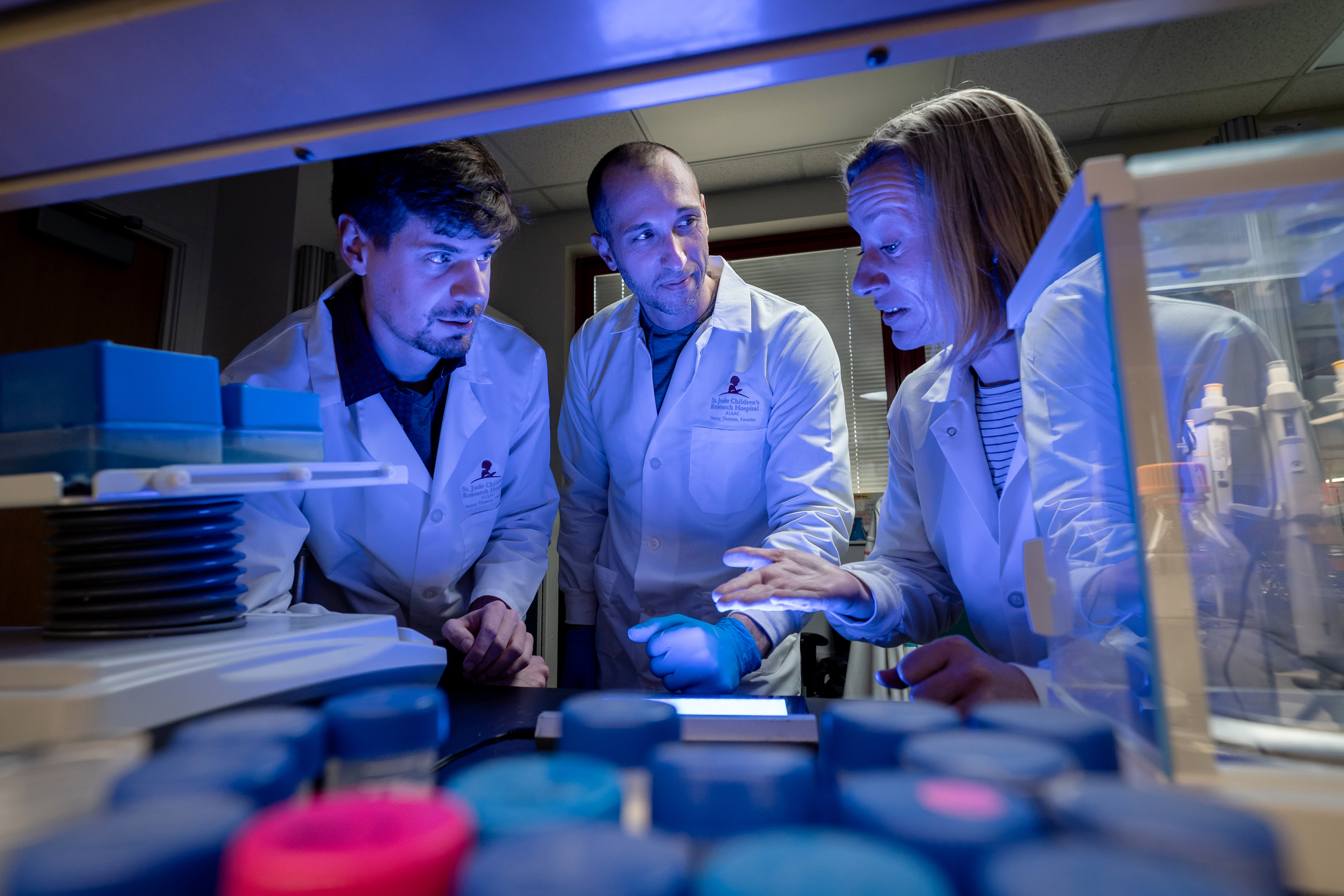
Structural insights reveal how SPOP protein contributes to cancer
Scientists at St. Jude Children’s Research Hospital captured the 3D structure of SPOP, revealing how mutations in previously unappreciated regions fuel cancer.
Jianhua Zhao awarded $2.4M to reveal cancer targets through atomic-resolution imaging
Assistant Professor Jianhua Zhao, Ph.D., has been awarded a unique and competitive grant from the National Institute of General Medical Sciences (NIGMS), part of the National Institutes of Health (NIH). The five-year, $2.4 million grant aims to give researchers greater research flexibility to work on fundamental questions in biology.
SLAC expands and centralizes computing infrastructure to prepare for data challenges of the future
A computing facility at the Department of Energy’s SLAC National Accelerator Laboratory is doubling in size, preparing the lab for new scientific endeavors that promise to revolutionize our understanding of the world from atomic to cosmic scales but also require handling unprecedented data streams.
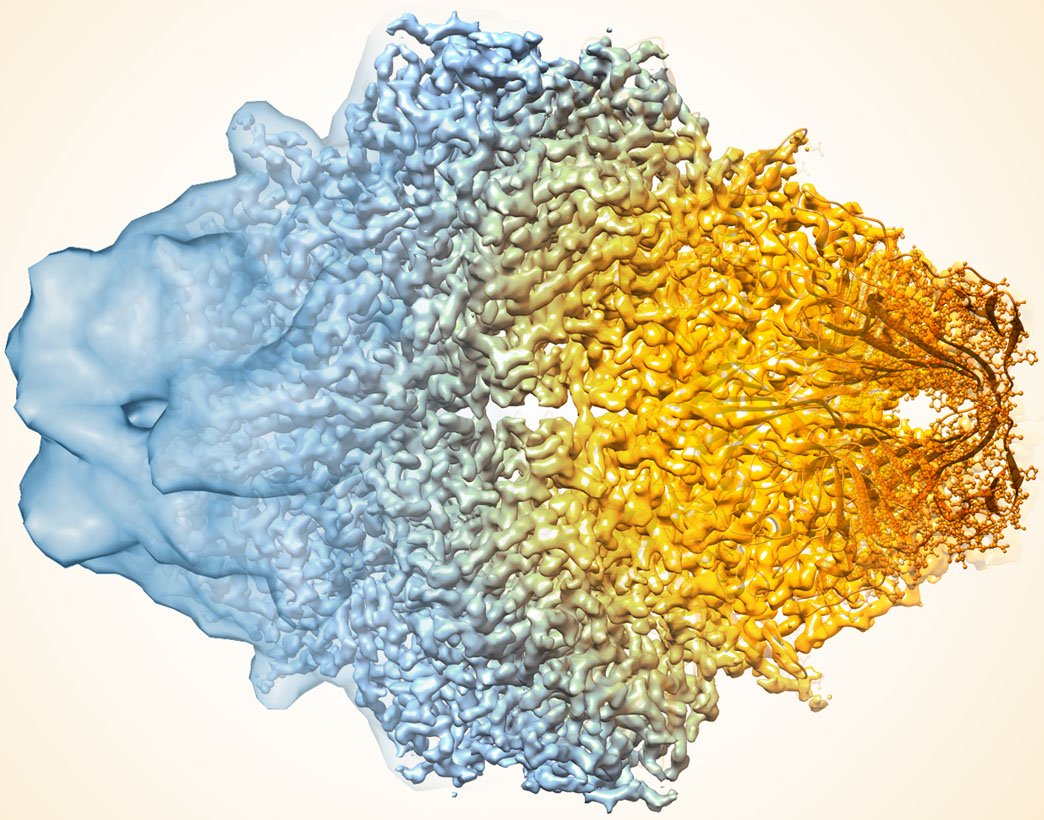
New Algorithm Sharpens Focus of World’s Most Powerful Microscopes
Scientists have shown that an algorithm added to image processing software can improve the resolution and accuracy of cryo-electron microscopes, which are one of the most crucial tools in microbiology and medical research.

Scientists to Explore New Frontiers in Parkinson’s Disease Research with $7.2M Grant
Aligning Science Across Parkinson’s has announced a three-year, $7.2 million grant to scientists at UC San Diego and Germany to support research on LRKK2, a gene linked to Parkinson’s disease. The new funding expands efforts using cryo-EM technology to produce previously unseen views of LRKK2.
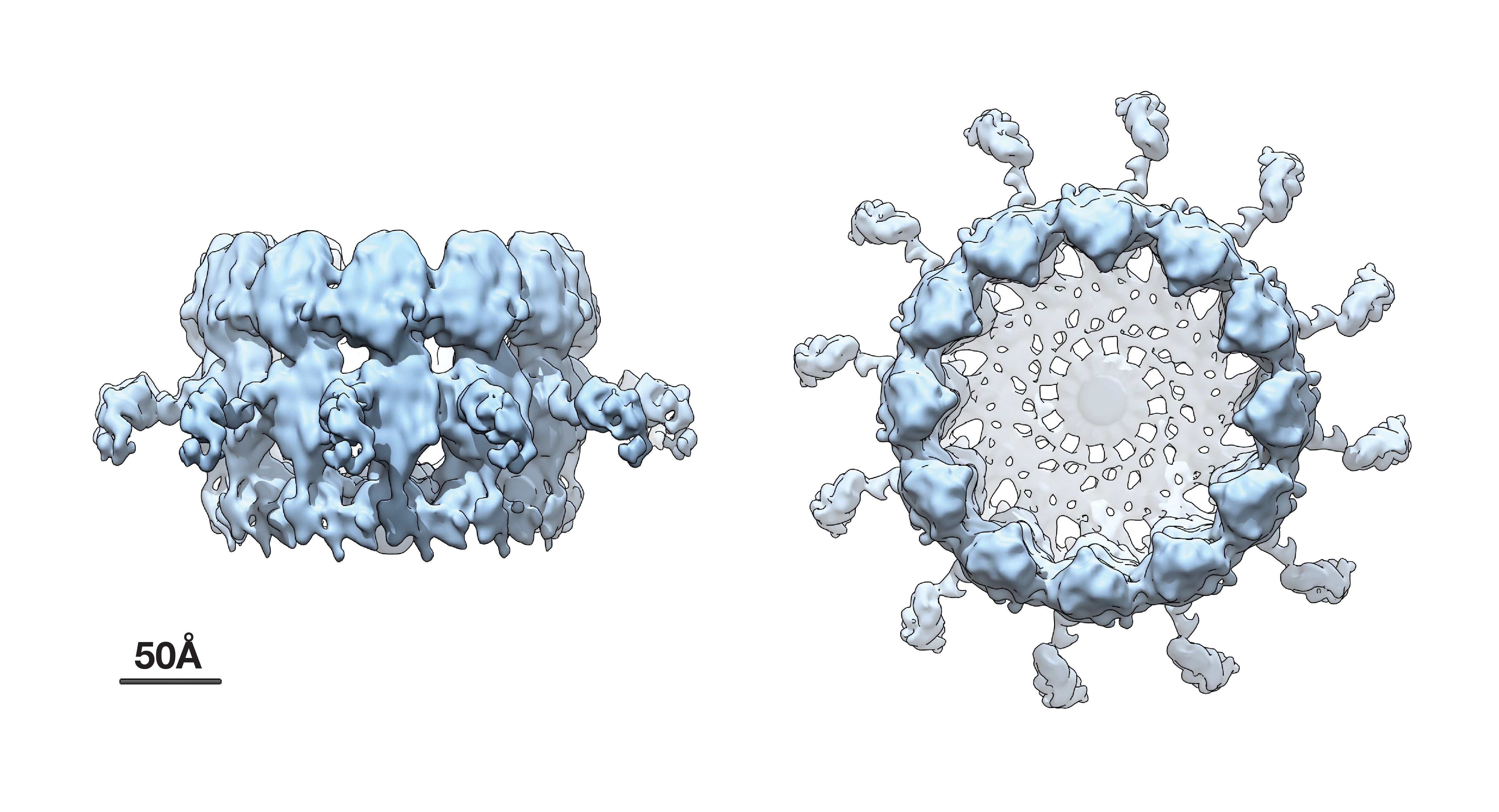
Advanced Cryo-EM reveals viral RNA replication complex structure in stunning detail
For the first time, scientists at the Morgridge Institute for Research have generated near atomic resolution images of a major viral protein complex responsible for replicating the RNA genome of a member of the positive-strand RNA viruses.
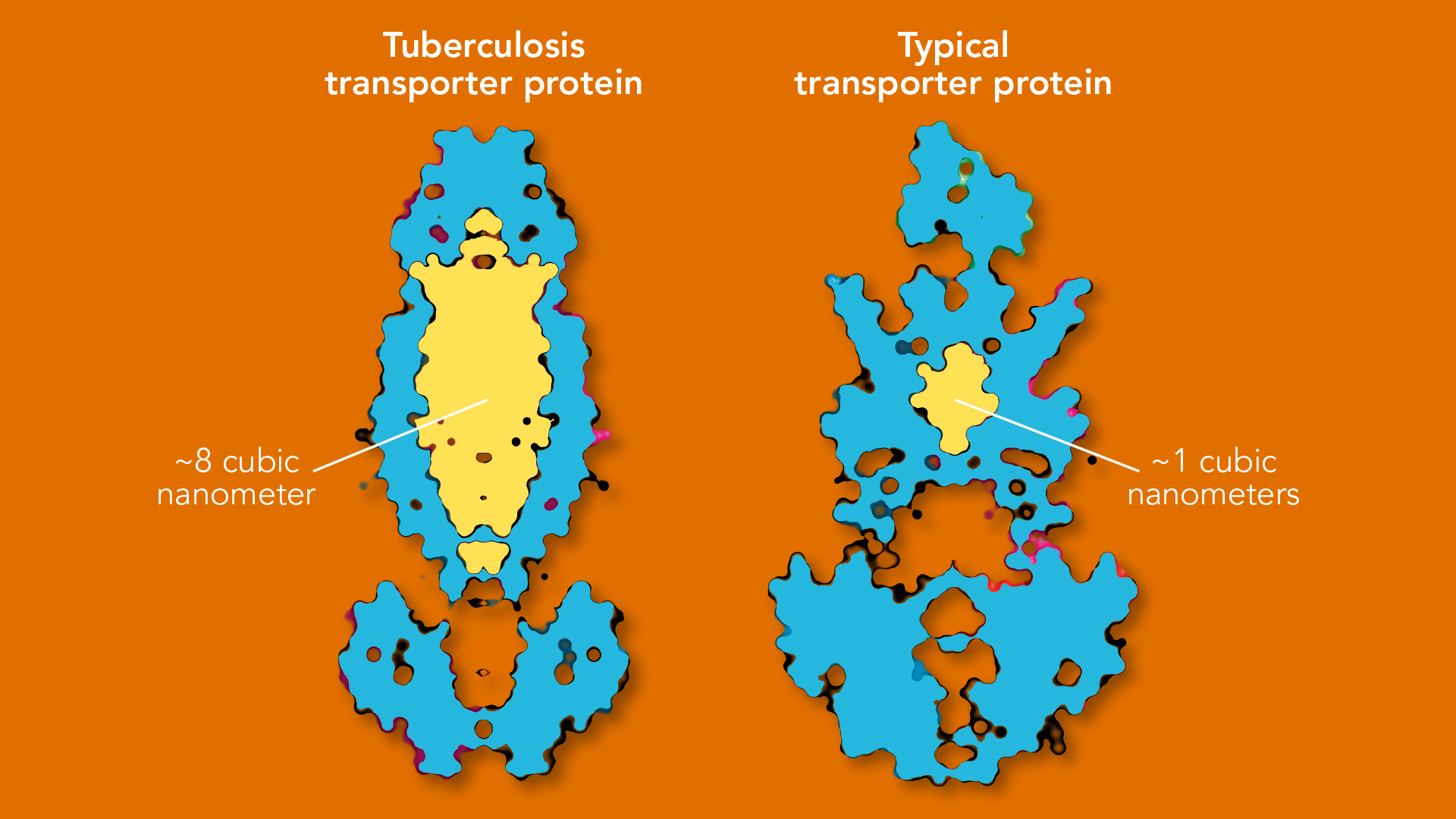
SLAC researcher discovers giant cavity in key tuberculosis molecule
Researchers were looking into a protein that tuberculosis bacteria need to thrive, but when they finally solved its structure, they discovered a gigantic cavity that could help shuttle a variety of molecules into TB bacteria.
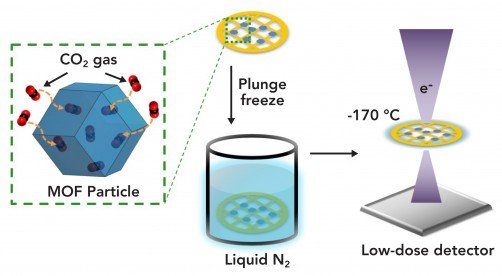
First Snapshots of Trapped CO2 Molecules Shed New Light on Carbon Capture
A new twist on cryo-EM imaging reveals what’s going on inside MOFs, highly porous nanoparticles with big potential for storing fuel, separating gases and removing carbon dioxide from the atmosphere. Menlo Park, Calif. — Scientists from the Department of Energy’s…